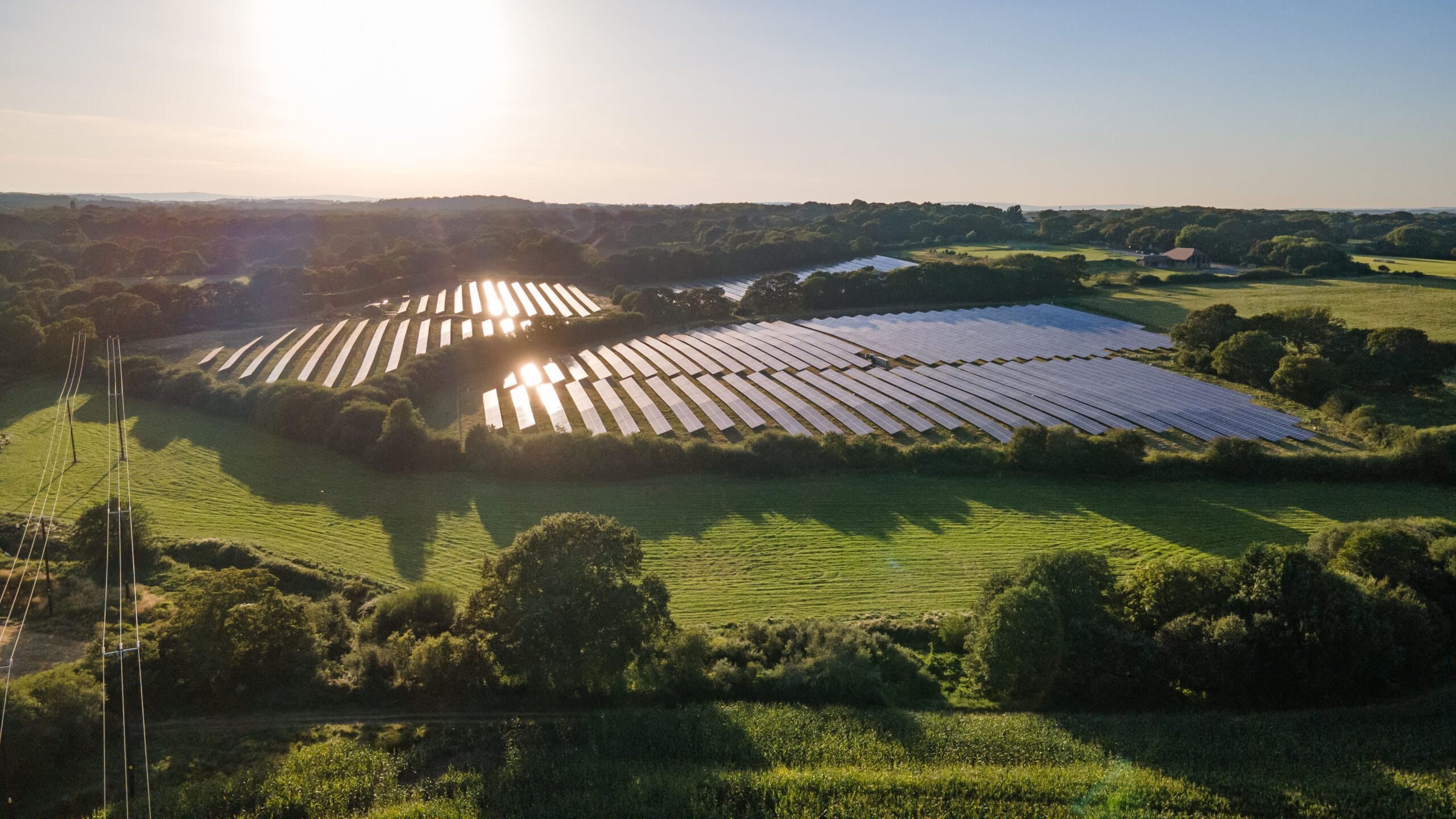Is local empowerment key to effective flood defence management?
Amid calls for landowners and the farming community to assume a greater role in management of low-risk flood defence works, a Country Land and Business Association (CLA) report has urged the government to provide more guidance for these groups. Motion Director and flood risk expert, Richard Bettridge, explores the merits of a policy framework which could help to address the different challenges of each catchment level.
With climate change having an increasing impact on agriculture, is it time for farmers and landowners to take on vital work to help combat the dual effects of intense rainfall and periods of drought? Many are already playing their part to help mitigate flood risk with natural flood management strategies. Creation of wetlands, dewponds, dams and shallow areas, or tree planting to protect riverbanks, can all be crucial in upland areas to curb the effects of climate change by delaying or temporarily stopping discharge downstream. However, some farmers are already arguing for increased support to undertake the work themselves.
 Water has always been harnessed for industrial, agricultural and domestic purposes. Humans have tended to settle near watercourses for their basic transport needs and as a source of food. Traditionally, this has resulted in catchment areas ranging from generally undeveloped uplands, through to mid levels where there is modest development, to low-lying and coastal areas with lots of development.
Water has always been harnessed for industrial, agricultural and domestic purposes. Humans have tended to settle near watercourses for their basic transport needs and as a source of food. Traditionally, this has resulted in catchment areas ranging from generally undeveloped uplands, through to mid levels where there is modest development, to low-lying and coastal areas with lots of development.
Current planning rules are a rather blunt instrument, as they apply largely uniform guidance to all levels within the catchment. The one-size-fits-all approach is inadequate for today’s challenges, but arguably it has never really served its purpose. A more sophisticated method might enable the specific requirements of each part of the catchment to be taken into account depending on its location within the catchment. I wholeheartedly support the need for extensive modelling to demonstrate the benefits of such an approach.
In the upper reaches of the catchment, the challenge would be ‘retention’, i.e. holding the water back for as long as possible. In the middle part, the aim should be to attenuate the flow downstream through storage provision and flow controls. At the lowest level, the objective needs to be to avoid retention and to encourage full unattenuated discharge to significant water bodies; for example estuaries and coastal zones when tides permit.
So, what gains can and should be achieved? Upstream storage, and ways of maintaining storage, need to be improved. Farmers and landowners at higher levels may be key actors to help control the flow. Peak runoff could be captured and treated for potable use, or put into reservoirs, recycling water at grand scale. Water reuse, such as for feeding livestock, needs to be actively supported until such time as runoff is safe when the system is not under stress during or after extreme weather events.
I welcome the CLA’s new vision; this is an important initiative that needs proper consideration. Along with this, zoning and a more sensitive approach to catchment management could be critical to tackling the problems we face today and in the future.
Richard Bettridge is a highly accomplished figure in the property development sector and has worked in civil engineering for more than 40 years. With experience in flood risk and strategic drainage planning, he has project managed numerous major highways and drainage infrastructure schemes and acts as an expert witness in high-profile flooding, drainage and engineering disputes.
Motion’s infrastructure design team provides pragmatic advice to help a wide range of clients manage the complex interrelation of property development, drainage and flood risk. Call 01483 531300 to speak to an expert.



